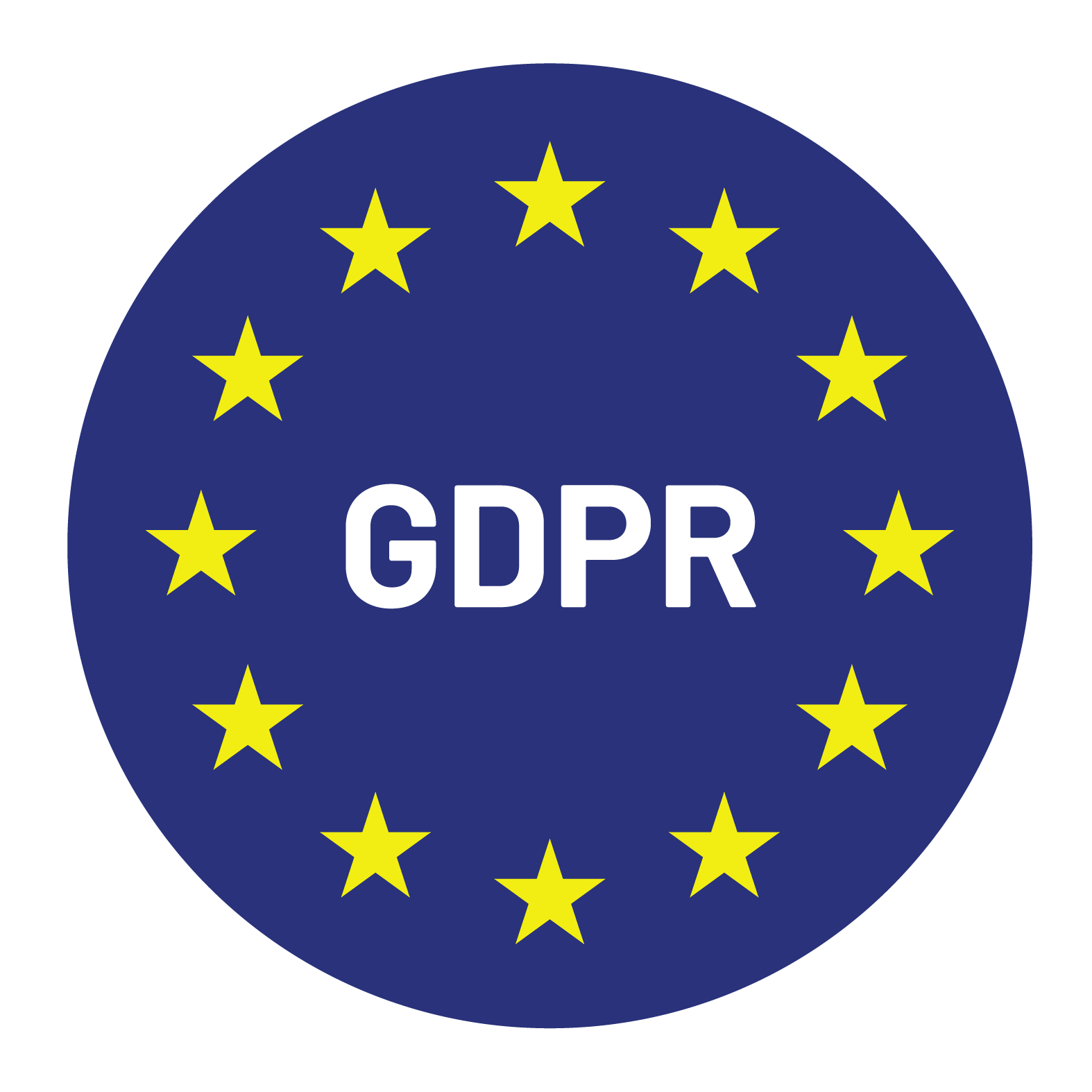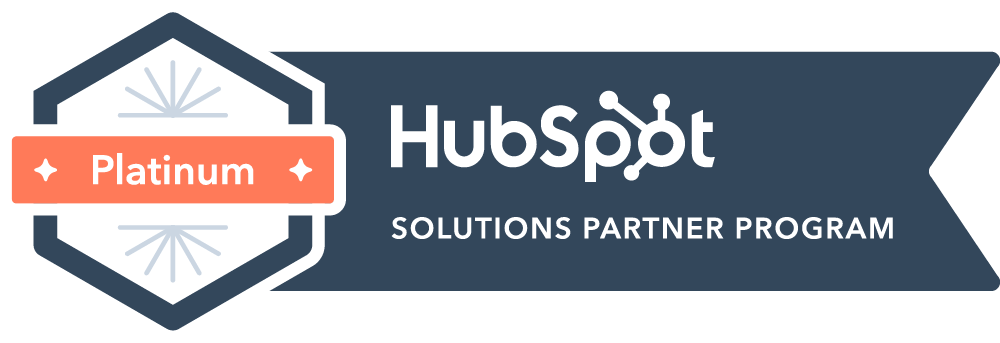

Content Writer for Whistle with multidisciplinary experience spanning over a decade.
Sales teams use an average of 10 tools to close deals. For sales leaders, SDR managers, and founders scaling outbound teams, the challenge isn’t ambition—it’s execution. Juggling pipeline building, personalized outreach, and multi-channel engagement across fragmented systems often slows teams down. Without structure, data gets lost, follow-ups slip, and messaging loses relevance. Outbound sales software organizes prospecting, streamlines outreach, and tracks performance. This guide explores software types, compares capabilities, shares best practices, and offers a full-stack view to help teams select tools that drive growth.
Manual outreach prevents efficiency, consistency, and data-driven action. Key pain points include:
The right tools transform outbound workflow:
By moving from a single-channel, manual approach to a diversified, software-enabled outbound strategy, EverX:
Efficiency, personalization, and consistency are table stakes. Software makes them repeatable across teams.
If you’re evaluating outbound sales software, look for tools that align with your team’s goals and fill real gaps in the process. These are the core functions that matter.
At the top of the funnel, data quality determines everything else. Automated prospecting tools save time by generating lead lists, verifying contact details, and enriching profiles with relevant firmographic and technographic data. Without this, reps waste hours chasing bounced emails or calling the wrong person.
Trusted tools in this space include ZoomInfo, Apollo, and Lusha, which integrate with CRMs to keep contact databases clean and current.
Outbound is no longer only about email. Buyers are on multiple channels, email, phone, LinkedIn, and SMS, and expect relevant, well-timed outreach.
Sequencing platforms like Outreach.io, Salesloft, and Lemlist let sales teams manage multistep cadences, personalize at scale, and respond to buyer behavior in real time. They help teams follow through consistently without relying on memory or manual reminders.
Once outreach is underway, the focus shifts to timing, responsiveness, and follow-up. Engagement tools give reps visibility into opens, clicks, replies, and interest signals. They also automate task creation so nothing falls through the cracks.
Platforms like Yesware, Groove, and Mixmax make engagement measurable and help teams prioritize actions that move deals forward.
Outbound sales software is only effective if it fits into your existing systems. That means strong CRM integration is non-negotiable. Tools should sync seamlessly with platforms like Salesforce and HubSpot, giving reps and managers full visibility into outreach history, deal stage, and next steps.
A well-integrated CRM also makes it easier to route qualified leads to account executives and track conversion performance across the funnel.
Without measurement, it’s hard to know what’s working. Analytics tools show what messaging converts, which channels deliver, and where reps need support. They make it easier to A/B test subject lines, refine sequences, and improve overall performance.
The best software doesn’t report on activity alone, it helps you optimize the entire sales motion.
No single platform handles every part of outbound well. A complete stack brings together purpose-built tools that solve specific problems. Here’s how to think about the full picture:
These platforms help you build accurate lead lists and enrich contact data automatically. ZoomInfo, Apollo, and Lusha remain reliable picks for their depth and integration options.
For structured, personalized outbound across multiple channels, tools like Outreach.io, Salesloft, and Lemlist stand out. They allow reps to build cadences that scale and adjust them based on live engagement data.
Phone outreach still matters. Dialers like Aircall and Dialpad streamline outbound calls, while conversation intelligence tools like Gong analyze call data to improve pitch quality and qualification.
CRMs like Salesforce and HubSpot are the central source of truth. They manage deals, track pipeline stages, and sync outreach data from other tools.
Content also plays a role in outbound. Platforms like Highspot and Seismic help reps share relevant resources, track buyer engagement, and tailor messaging based on vertical, use case, or product line.
Tool | Best For | G2 Star Rating | Key Features | Ease of Use |
ZoomInfo | Lead generation & data enrichment | 4.4 | Accurate prospecting, firmographic & technographic data, CRM integration | High |
Apollo | Prospecting & list building | 4.3 | Automated lead lists, data enrichment, email sequencing | Medium |
Lusha | Contact verification | 4.5 | Email & phone verification, enrichment, CRM sync | High |
Outreach.io | Multi-channel sequencing | 4.5 | Email cadences, task automation, analytics | Medium |
Salesloft | Outreach & engagement | 4.6 | Multi-channel cadences, personalization, reporting | Medium |
Lemlist | Personalized email campaigns | 4.7 | Email sequences, dynamic personalization, analytics | High |
Yesware | Email tracking & engagement | 4.3 | Open/click tracking, task automation, reporting | High |
Groove | Engagement & workflow automation | 4.4 | Email & call tracking, CRM integration, task automation | Medium |
Mixmax | Email productivity & tracking | 4.5 | Email sequences, templates, tracking, reminders | High |
Salesforce | CRM & pipeline management | 4.5 | Deal tracking, pipeline visibility, integrations | Medium |
HubSpot | CRM & marketing integration | 4.6 | CRM, pipeline, reporting, integrations | High |
Aircall | Dialer & phone outreach | 4.4 | Cloud-based calling, call routing, analytics | High |
Dialpad | Dialer & conversation intelligence | 4.3 | VoIP calls, call recording, analytics | Medium |
Gong | Conversation intelligence | 4.6 | Call recording & analysis, AI insights | Medium |
Highspot | Sales enablement & content mgmt | 4.6 | Content sharing, engagement tracking, personalization | High |
Seismic | Sales enablement | 4.5 | Content management, analytics, buyer engagement | Medium |
Building the right stack isn’t about copying competitors. It’s about finding tools that support your team’s workflow and goals. Use this framework to guide your evaluation.
Team Size & Maturity
Budget
Tech Ecosystem Compatibility
Regulatory & Compliance Needs
Customization Needs
Support & Onboarding
A tech stack is only as strong as the team using it. These steps make a real difference during rollout:
Even intuitive tools require training. Walk reps through use cases, role-play real scenarios, and reinforce how each tool supports their goals.
Tools work best when they’re tied to clear processes. Define how leads are handed off, when cadences are triggered, and what actions get logged. Consistency is key.
Set benchmarks and review performance regularly. Use data to adjust outreach timing, message structure, and lead scoring models. Continuous feedback loops turn outbound into a high-functioning engine.
Outbound sales software isn’t a nice-to-have; it’s a critical part of a high-performing revenue strategy. The right tools make reps more productive, give managers clearer visibility, and help entire teams move faster and smarter.
If you’re building your first stack or optimizing a mature one, be selective. Choose tools that support your workflows, integrate cleanly, and improve how your team operates.
Outbound sales works best when the infrastructure behind it is deliberate. The right software stack brings structure to the chaos, giving teams the consistency, visibility, and momentum they need to move prospects through the pipeline with purpose.
Whistle works with companies that are ready to take outbound seriously. That means helping you select tools that fit your sales motion, building workflows that support your team, and delivering programs designed to convert.
If you’re looking to build an outbound system that holds up under pressure and scales with your goals, we can help you get there.
What is outbound sales software?
Outbound sales software is a category of tools that help sales teams identify, reach, and convert prospects through channels like email, phone, and LinkedIn. It streamlines prospecting, outreach, and pipeline management.
Which is the best outbound sales platform for small businesses?
For small businesses, the best platforms are typically all-in-one tools that combine prospecting, outreach, and CRM functions. These offer flexibility, lower costs, and reduce the need for multiple subscriptions.
What’s the difference between outbound and inbound sales software?
Outbound sales software focuses on proactively reaching potential customers through cold outreach, while inbound sales software supports leads that come through marketing channels such as content, SEO, and ads. Many companies use both to create a balanced pipeline.


© Copyright – Whistle 2023